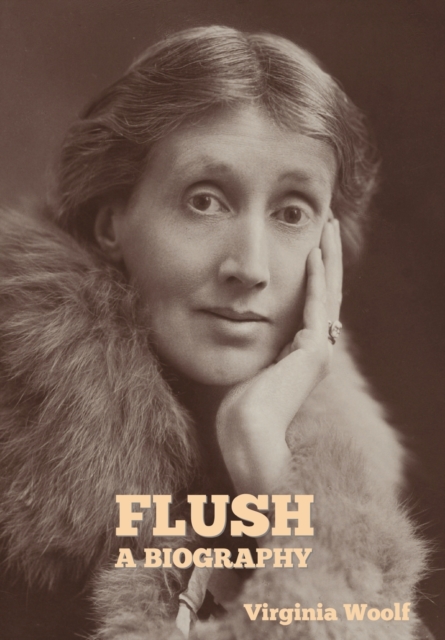Flush: A Biography, an imaginative biography of Elizabeth Barrett Browning's cocker spaniel, is a cross-genre blend of fiction and nonfiction by Virginia Woolf published in 1933. Written after the completion of her emotionally draining The Waves, the work returned Woolf to the imaginative consideration of English history that she had begun in Orlando: A Biography, and to which she would return in Between the Acts. Commonly read as a modernist consideration of city life seen through the eyes of a dog, Flush serves as a harsh criticism of the supposedly unnatural ways of living in the city. The figure of Elizabeth Barrett Browning in the text is often read as an analogue for other female intellectuals, like Woolf herself, who suffered from illness, feigned or real, as a part of their status as female writers. Most insightful and experimental are Woolf's emotional and philosophical views verbalised in Flush's thoughts. As he spends more time with Barrett Browning, Flush becomes emotionally and spiritually connected to the poet and both begin to understand each other despite their language barriers. For Flush smell is poetry, but for Barrett Browning, poetry is impossible without words. In Flush Woolf examines the barriers that exist between woman and animal created by language yet overcome through symbolic actions. The book, due to its subject matter, has often been considered one of her less serious artistic endeavours; however, she uses her distinctive stream of consciousness style to experiment with a non-human perspective. In places the novella plays with realism by allowing Flush an improbable amount of perception for a canine (Flush seems to grasp some idea of social class in humans, a concept recurrently criticized in the story as he becomes more "democratic" later in life), and can "talk" to other dogs on the street. At other times the reader is forced to interpret events from the dog's limited knowledge (Flush sees her owner agitated over markings on a paper and cannot understand that she is in love). For material, Woolf drew primarily on Barrett Browning's two poems on dogs ("To Flush, My Dog" and "Flush or Faunus") and on the published correspondence of the poet and her husband, Robert Browning. From this material, Woolf creates a biography that works on three levels. It is overtly a biography of a dog's life. Since this dog is of interest primarily for its owner, the work is also an impressionistic biography of Elizabeth Barrett during the most dr










